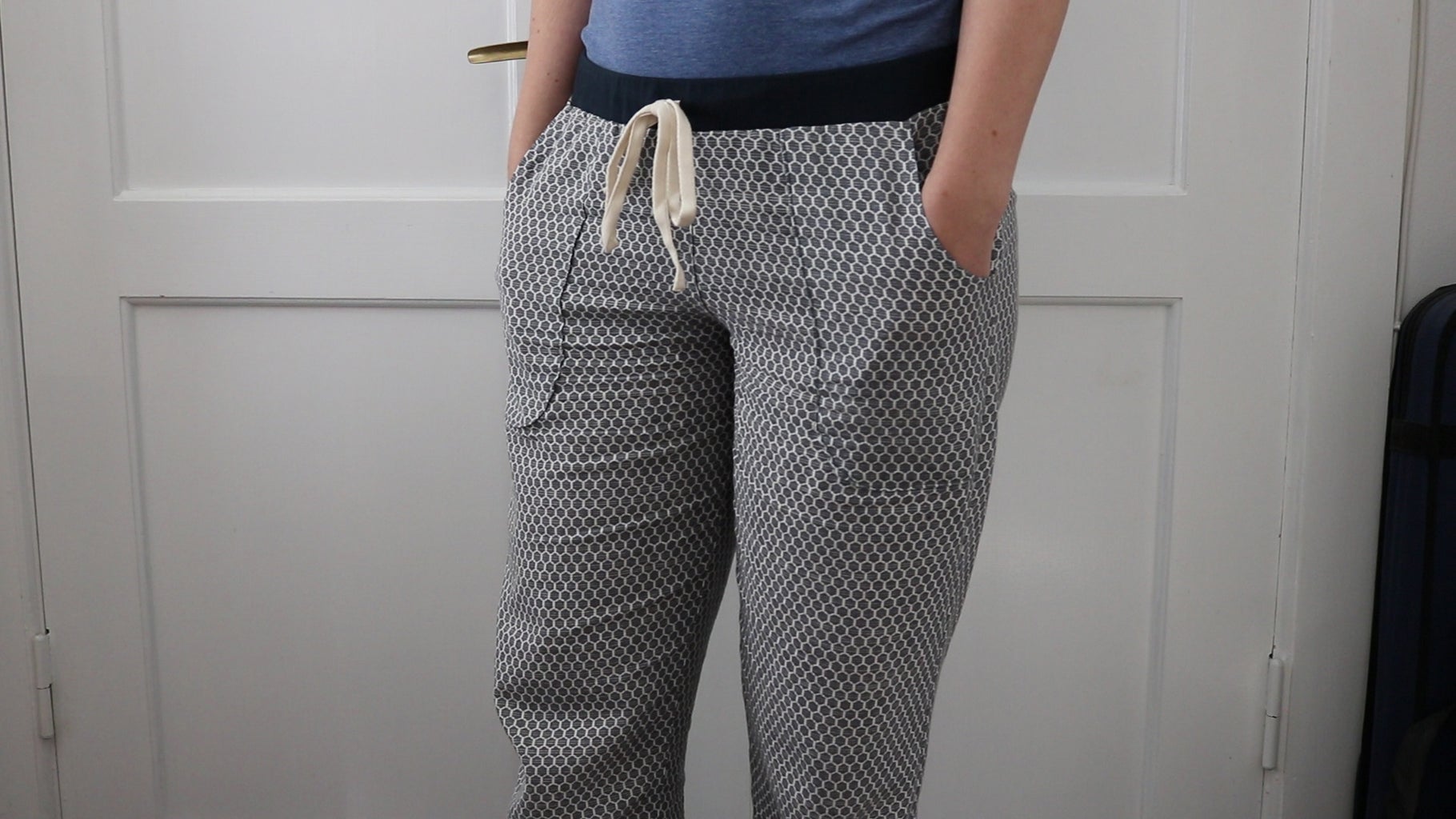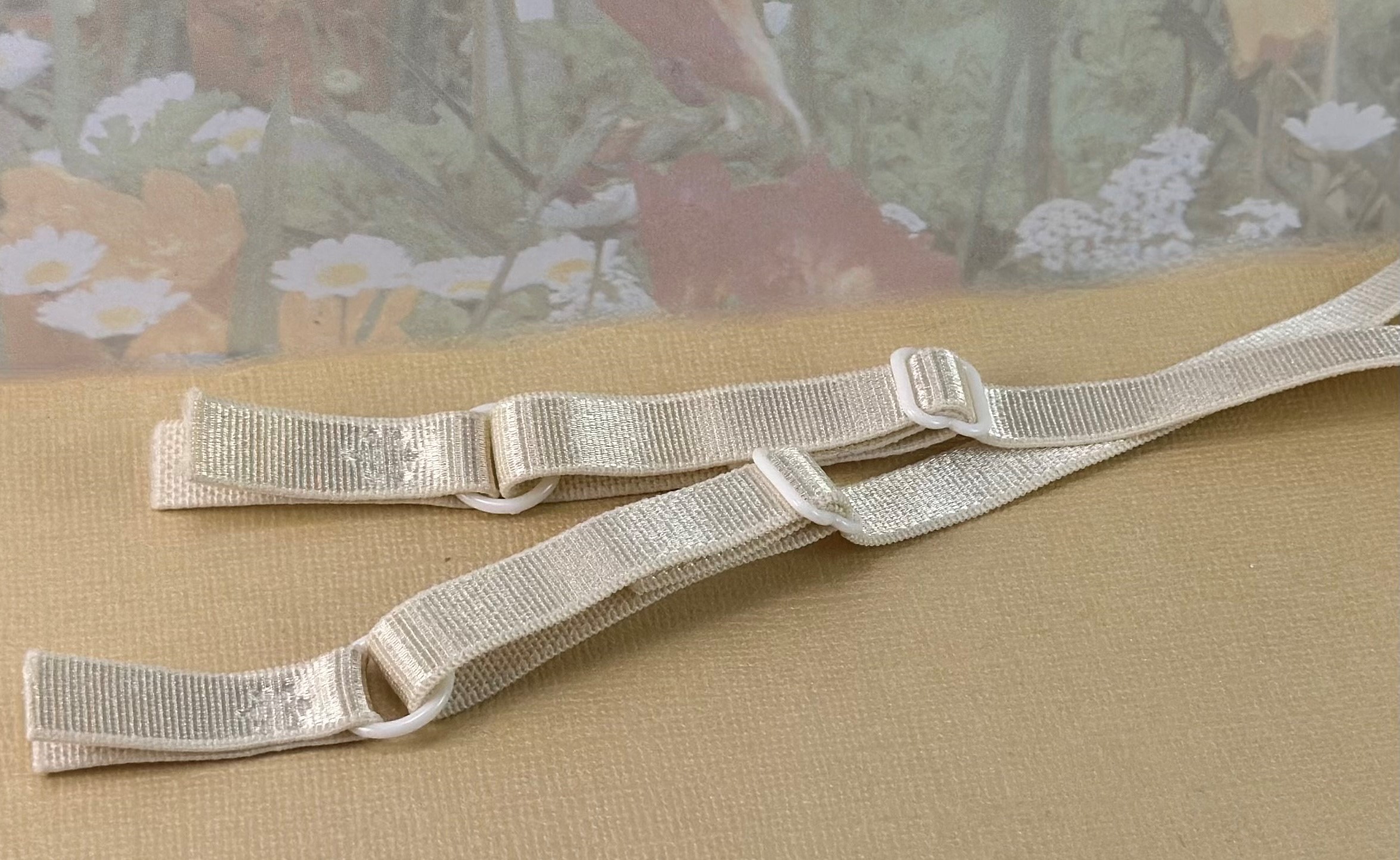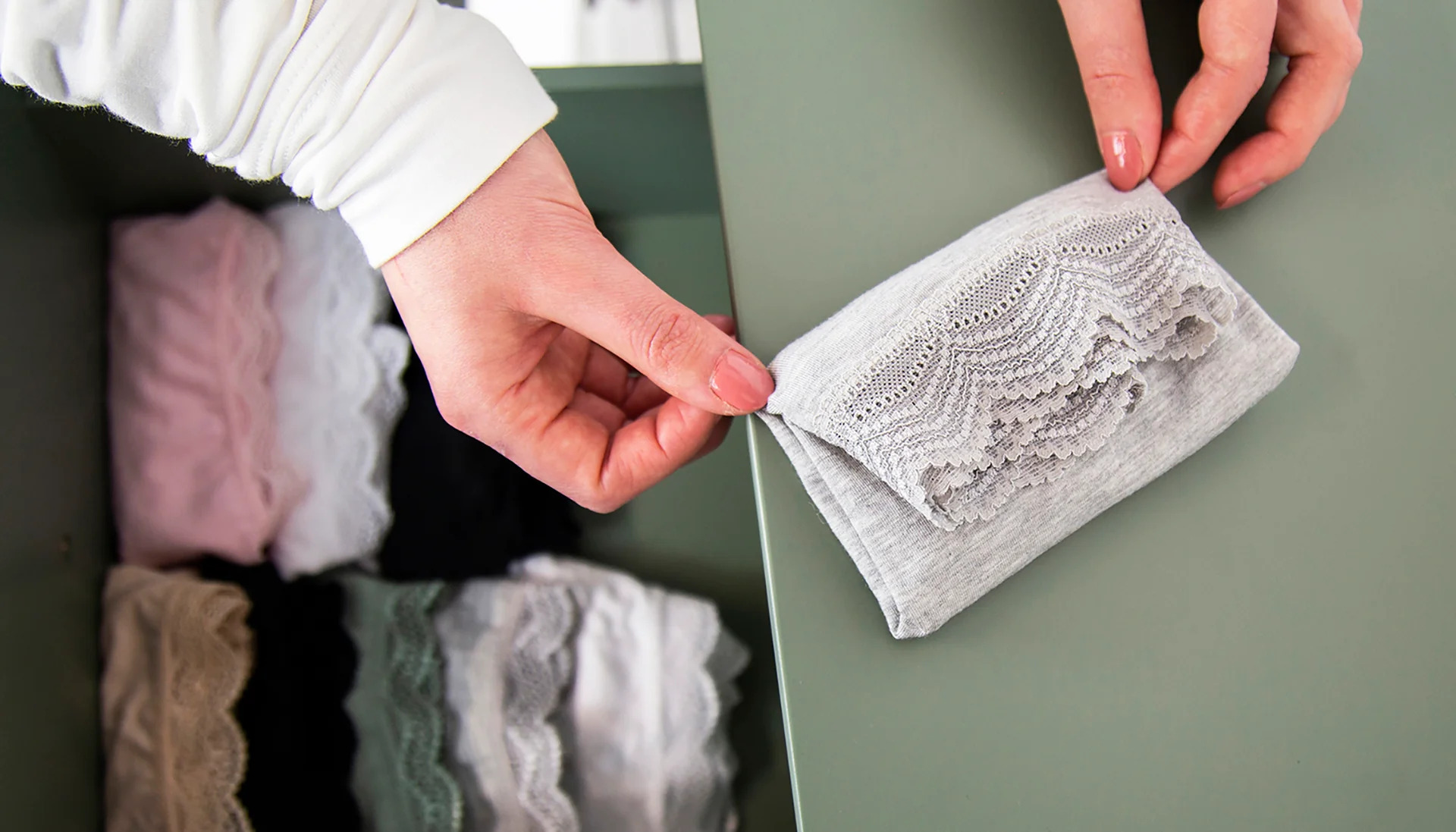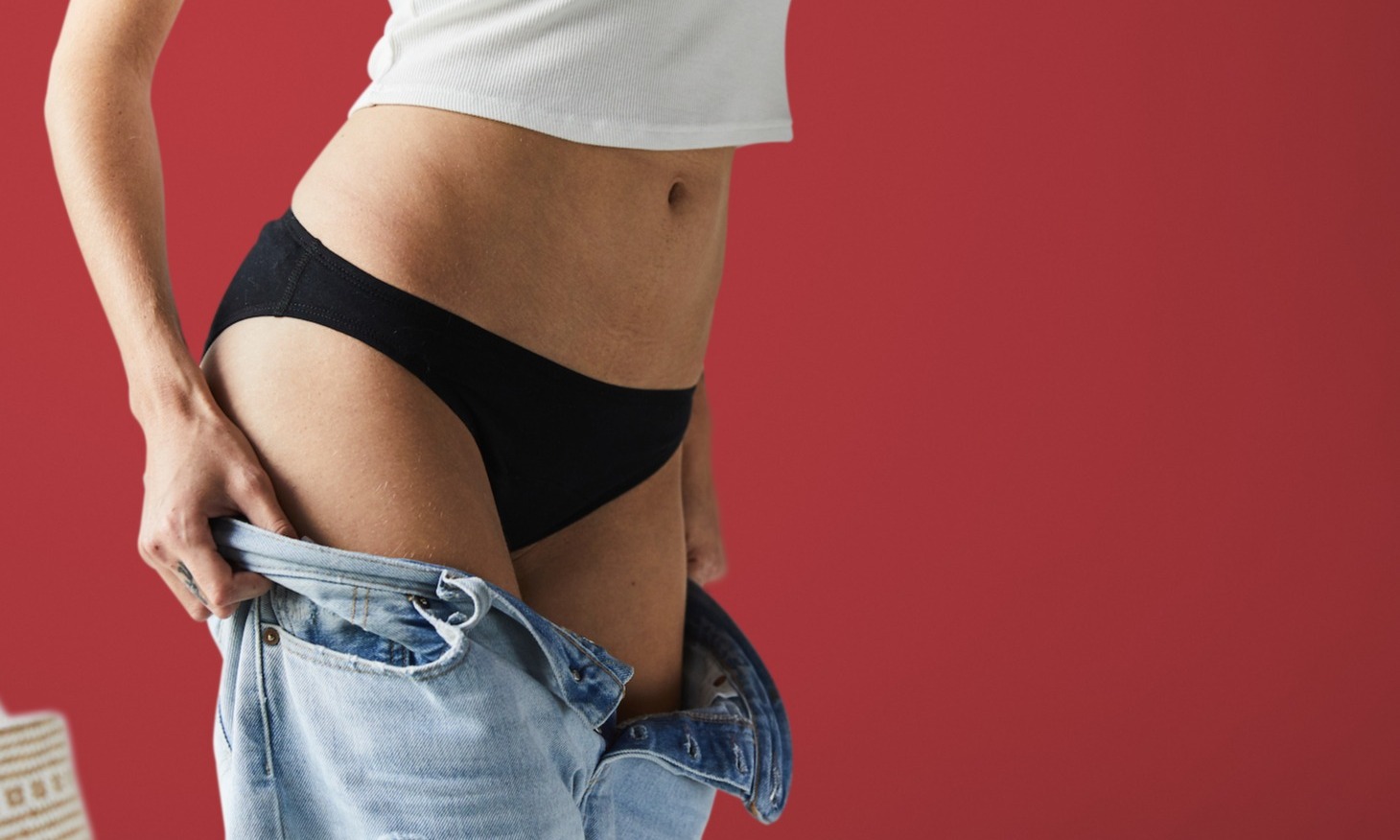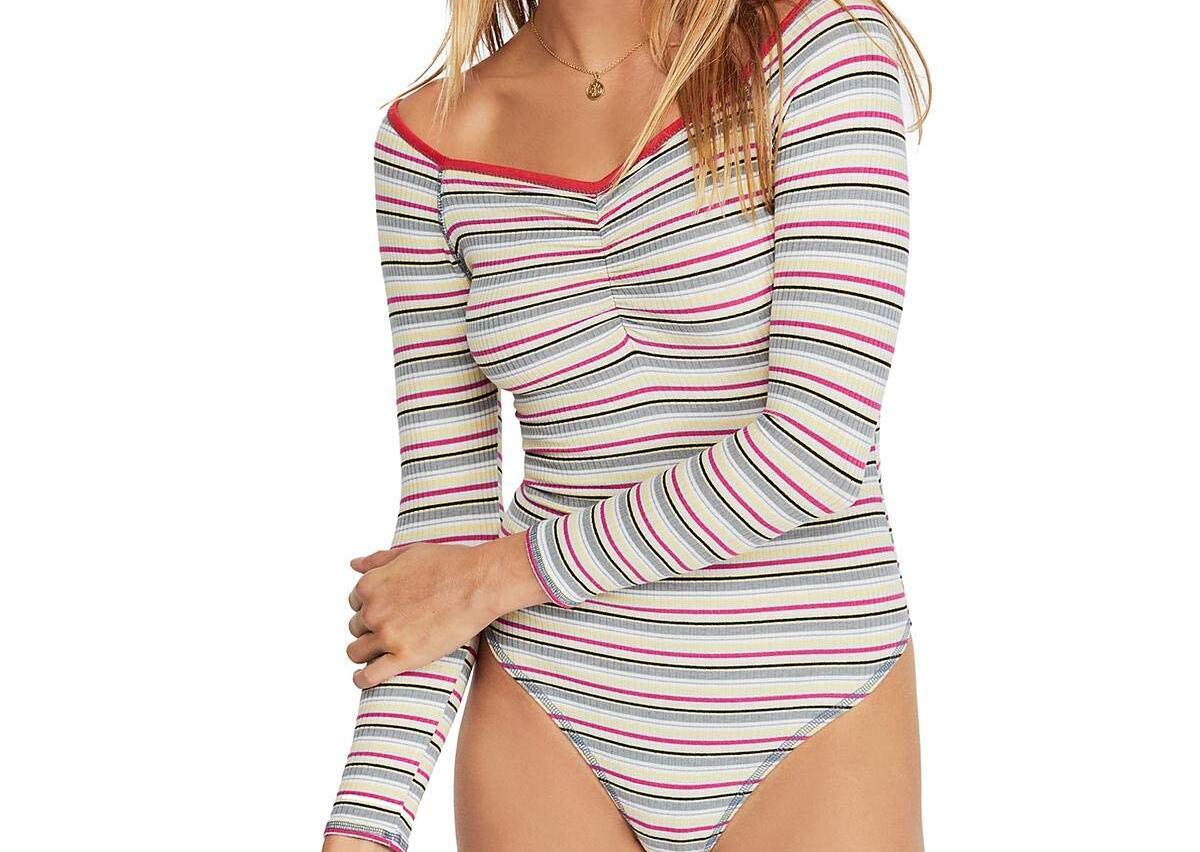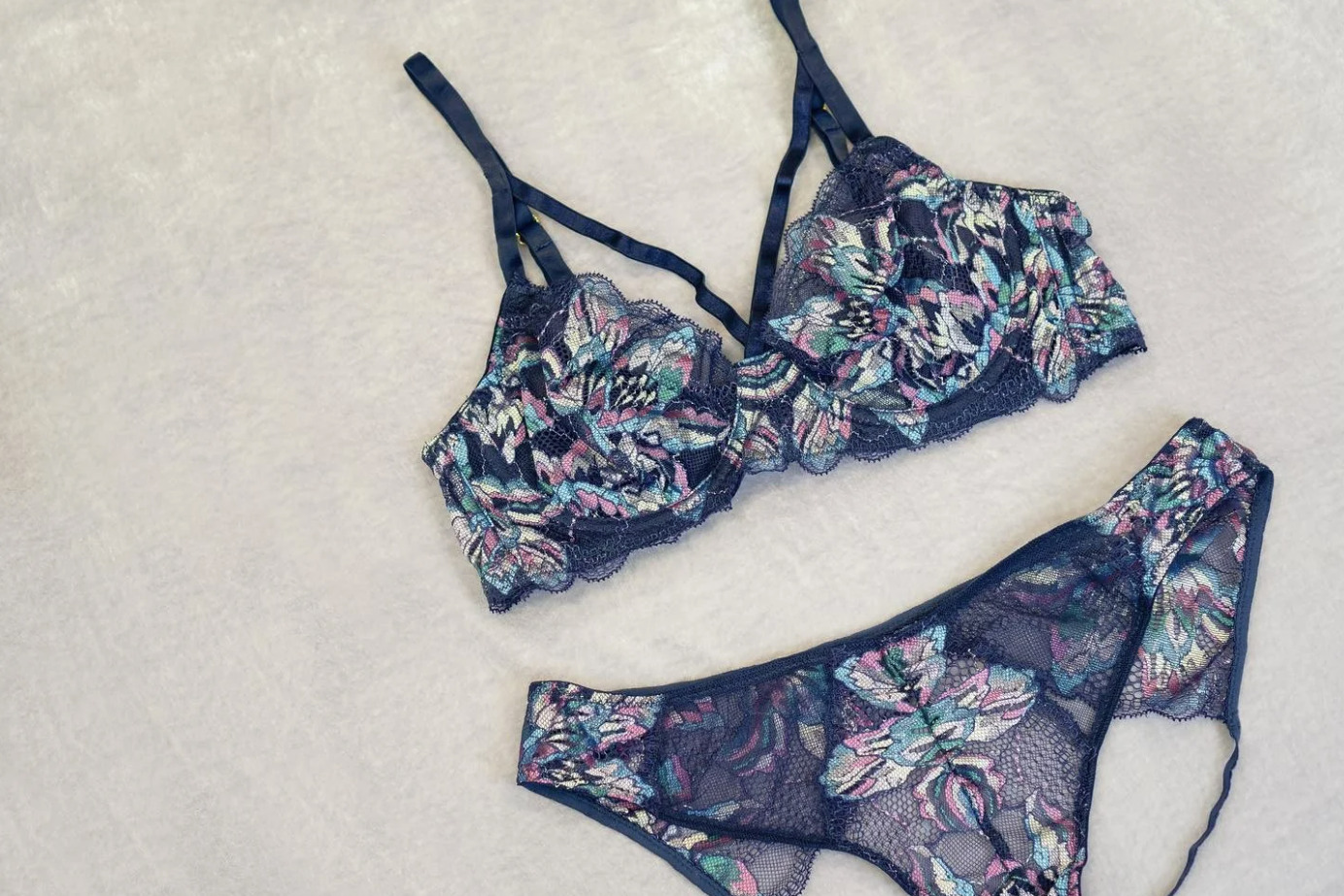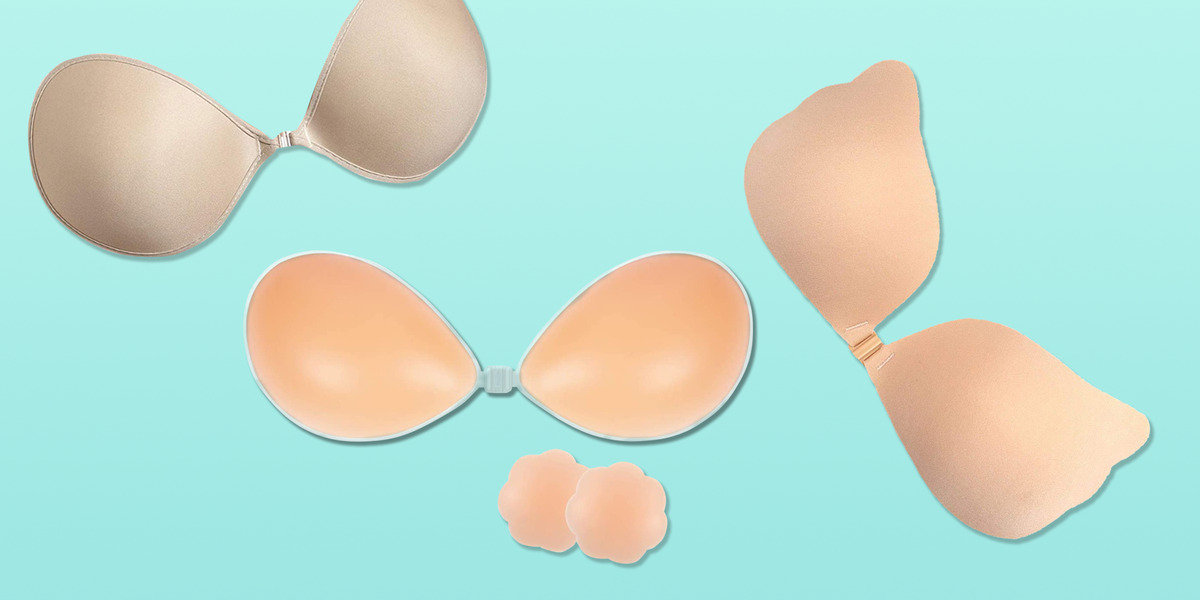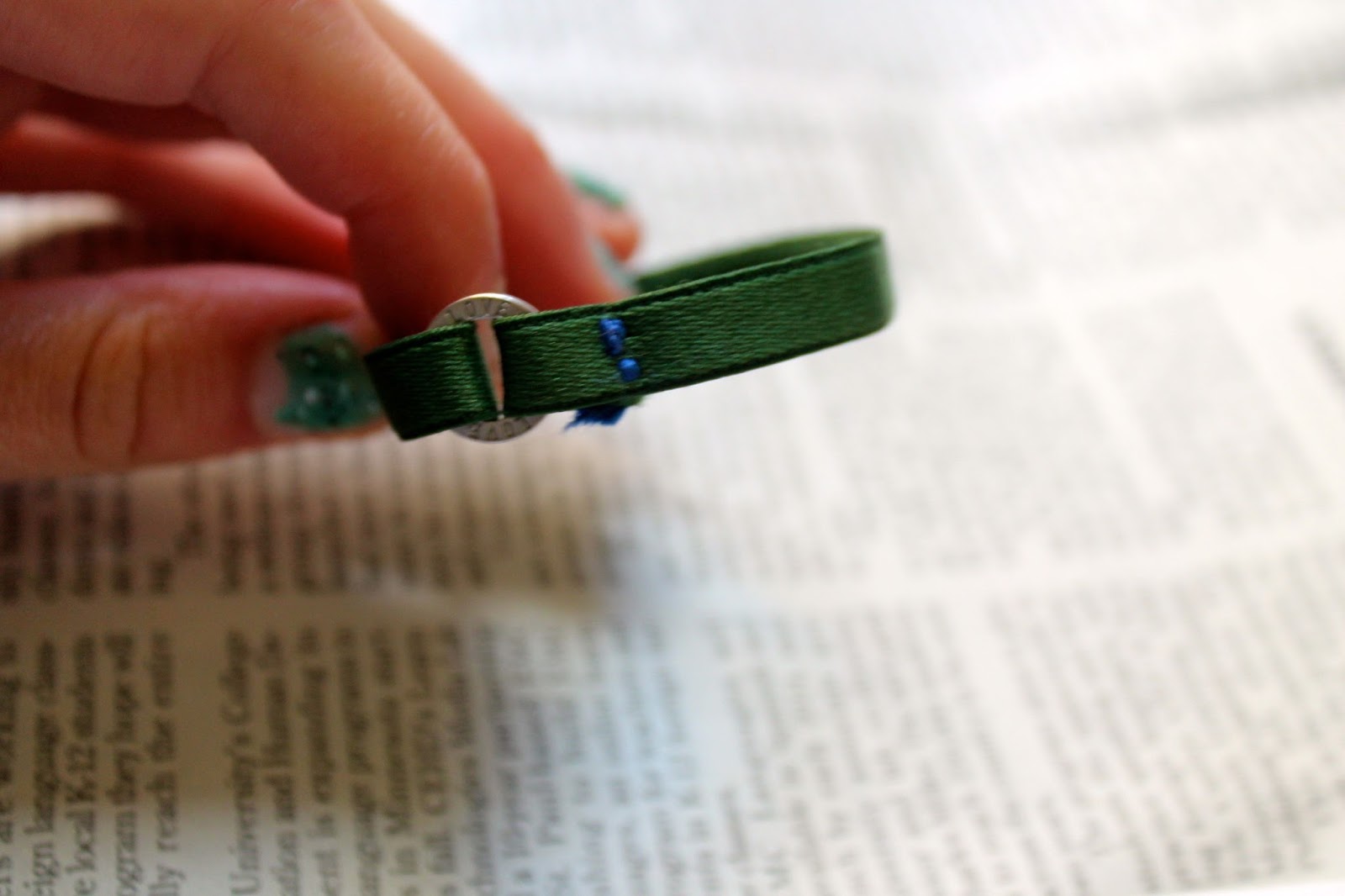Home>Women's Underwear>Bras>How Do You Tighten A Bra Strap
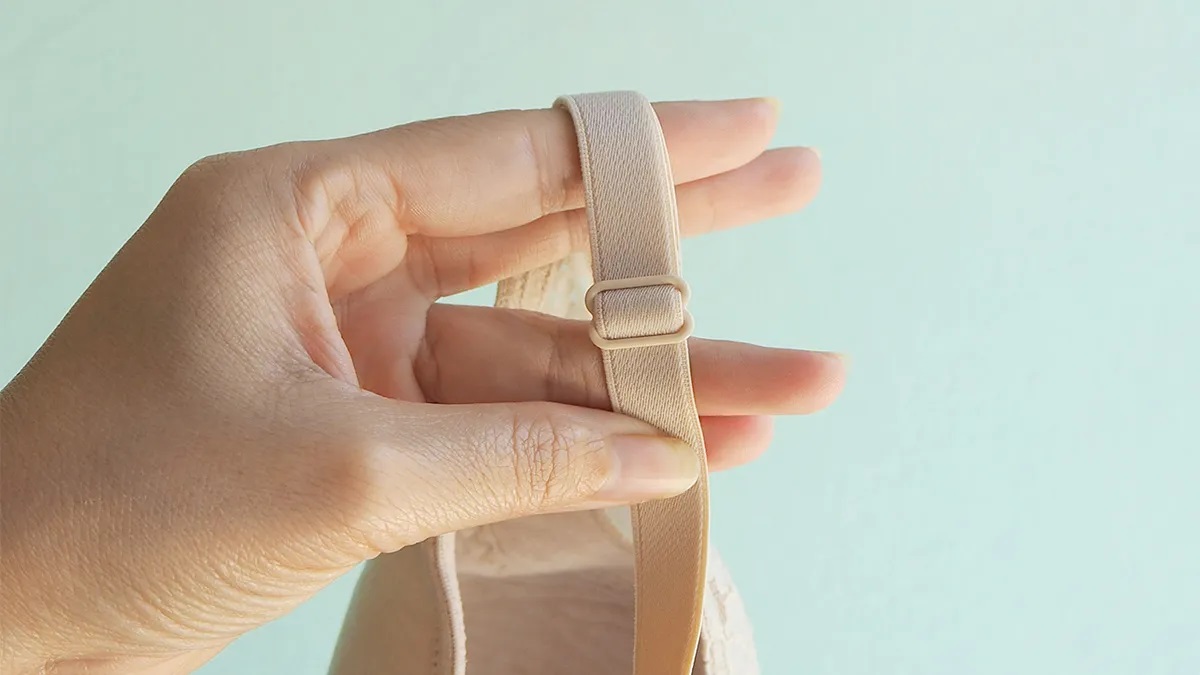

Bras
How Do You Tighten A Bra Strap
Modified: August 6, 2023
Learn how to tighten your bra strap for a perfect fit. Discover expert tips, tricks, and techniques for adjusting bras effortlessly.
(Many of the links in this article redirect to a specific reviewed product. Your purchase of these products through affiliate links helps to generate commission for Under-tec.com, at no extra cost. Learn more)
Table of Contents
Introduction
Finding the perfect fit for your bra is crucial to ensure comfort and support throughout the day. One important factor that many women overlook is the tightness of the bra straps. Having straps that are too loose can lead to discomfort, sagging, and lack of proper support. Fortunately, adjusting the tightness of your bra straps is a simple solution that can greatly improve your overall bra-wearing experience.
In this article, we will explore the different types of bra straps, how to determine the correct length for your straps, and various methods to tighten them. Whether you have just purchased a new bra or want to adjust the straps on your favorite one, we’ve got you covered.
Before we delve into the details, it’s important to note that the tightness of bra straps may vary depending on personal preference and the type of bra you are wearing. However, the general aim is to have straps that provide adequate support without causing discomfort or leaving marks on your shoulders.
So, if you’re ready to learn how to tighten your bra straps like a pro, let’s dive in and explore the various methods and tips to achieve the perfect fit for your bra.
Understanding the Different Types of Bra Straps
When it comes to bras, there are various strap styles to choose from, each serving a different purpose and catering to different outfit options. Understanding the different types of bra straps can help you select the most suitable strap style for your needs and also enable you to adjust them effectively.
1. Regular Straps: These are the most common type of bra straps you’ll come across. They are typically made from a stretchy material and are adjustable, allowing you to customize the tightness according to your preference. Regular straps are suitable for everyday wear and offer a balance of comfort and support.
2. Racerback Straps: As the name suggests, these straps form a racerback shape on the back, providing additional support and minimizing the chances of straps slipping off your shoulders. Racerback bras are ideal for sports activities or when you want to wear a top with a racerback design.
3. Convertible Straps: Convertible straps are highly versatile as they can be adjusted and detached in different ways to accommodate various outfit styles. They can be worn traditionally, crossed at the back, or even transformed into a strapless bra by removing the straps altogether. Convertible bras are a must-have in any wardrobe for their versatility and adaptability.
4. Halter Straps: Halter straps are designed to be tied behind your neck, providing lift and support for low-cut tops or dresses. They are perfect for halter neck outfits and offer a stylish and flattering look.
5. Clear Straps: Clear straps are an excellent option when you want to achieve a more discreet and seamless look. These transparent straps provide support while remaining virtually invisible, making them an ideal choice for strapless or off-shoulder tops.
Understanding the different types of bra straps allows you to choose the right bra for different occasions and outfits. It’s important to note that each type of strap may require different methods for tightening, which we will explore in the following sections.
Now that you have a better understanding of the various bra strap styles available, let’s move on to determining the correct length for your bra straps.
Determining the Correct Bra Strap Length
Before you can tighten your bra straps, it’s essential to determine the correct length for optimal support and comfort. Here are some steps to help you find the right strap length:
- Start by ensuring that the bra band is properly positioned around your torso. The band should be snug but not too tight, and should sit parallel to the floor.
- Put on the bra and adjust the straps to their loosest setting. Take note of how the bra cups fit and adjust accordingly for a proper cup fit.
- Stand in front of a mirror and assess the positioning of the bra straps on your shoulders. They should lie flat against your skin without digging in or sliding off.
- Try lifting your arms and moving around to test the bra’s support and strap positioning. If the straps slip or dig in uncomfortably, it’s an indication that they need to be adjusted.
- Once you have determined the desired position of the straps, you can begin tightening them to achieve the optimal fit.
Remember that the correct strap length is subjective and may vary depending on personal preference and the style of the bra. Some individuals may prefer a tighter feel for maximum support, while others may opt for a looser fit for added comfort. It’s important to find a balance that works best for you.
Now that you know how to determine the correct strap length, let’s move on to the different methods you can use to tighten your bra straps effectively.
Simple Methods to Tighten Bra Straps
Now that you’ve determined the correct length for your bra straps, it’s time to explore some simple methods to tighten them. These methods are easy to follow and can be done at home without any special tools.
1. Manual Adjustment: The most straightforward way to tighten bra straps is by manually sliding the adjusters up or down. Start by loosening the adjusters to their maximum length, then put on the bra and adjust the straps until they provide the desired level of support. Once you’re satisfied, lock the adjusters into place by pushing them down firmly.
2. Knotting the Straps: If you find that the adjusters alone are not providing enough tightness, you can also try knotting the straps. To do this, first, adjust the straps to the desired length, then twist them once or twice before knotting them together. This method allows for a more secure fit and prevents the straps from slipping throughout the day.
3. Sewing: If you have some basic sewing skills, you can take a needle and thread and stitch a few small tacks at the desired length on the strap. This method permanently sets the straps at the desired tightness and prevents them from sliding or loosening over time.
4. Safety Pins or Bra Clips: Another quick fix to tighten bra straps is by using safety pins or bra clips. Simply slide the strap through the safety pin or attach it to the hook of a bra clip, then fasten it securely. This method provides an instant solution and is particularly useful for strapless or convertible bras.
Remember to adjust both straps evenly to maintain balance and symmetry. Take your time and experiment with these methods to find the one that works best for you. It’s important to ensure that the straps are tightened enough to provide adequate support without causing discomfort or leaving marks on your shoulders.
With these simple methods, you can easily tighten your bra straps for a better fit and enhanced comfort. However, if these methods are not sufficient or if you find that your bra still doesn’t provide the desired support, it may be time to consider purchasing a new bra with adjustable straps that can be tightened to your liking.
Now that you’re familiar with different methods to tighten bra straps, let’s explore another option – using slide adjusters to adjust the length of your bra straps.
Using Slide Adjusters to Adjust Bra Strap Length
Slide adjusters are the built-in mechanism on most bra straps that allow for easy length adjustment. These small yet powerful tools can help you achieve the perfect fit for your bra straps. Here’s how you can use slide adjusters to adjust the length of your bra straps:
- Start by loosening the adjusters to their maximum length. This will provide you with enough room to comfortably put on the bra.
- Put on the bra and adjust the straps to the desired level of tightness. Slide the adjusters up or down to increase or decrease the length of the straps. Make sure to adjust both straps evenly for balance.
- Once you’ve achieved the desired fit, lock the adjusters into place by pressing them down firmly. This will prevent the straps from slipping or loosening during wear.
- Stand in front of a mirror and assess the positioning of the adjusted straps. They should lie flat against your skin without digging in or sliding off your shoulders. Adjust further if necessary.
Using slide adjusters allows for easy and precise strap length customization. It’s important to take your time and make small adjustments until you find the tightness that feels most comfortable and supportive for you. Remember that adjusting the straps too tight can cause discomfort, while having them too loose may result in insufficient support.
If you find that the slide adjusters are not providing enough tightness or if the straps are too worn out to stay in place, you may need to consider alternative methods, such as knotting the straps or using bra clips, as mentioned in the previous section.
Now that you’re familiar with using slide adjusters to adjust your bra strap length, let’s move on to some tips and tricks that can further enhance your bra strap tightening experience.
Tips and Tricks for Bra Strap Tightening
Tightening your bra straps is not just about adjusting the length; there are some additional tips and tricks that can improve the fit and support of your bra. Here are a few to keep in mind:
- Check for Slippage: Throughout the day, pay attention to any strap slippage or readjustment needed. This can indicate that the straps may need further tightening or that the bra may need to be replaced.
- Use Strap Cushions: If you find that your bra straps dig into your shoulders or cause discomfort, consider using strap cushions. These soft pads can be placed on your shoulder under the straps to provide additional cushioning and alleviate pressure.
- Invest in Bra Strap Holders: Bra strap holders are small devices that clip the straps together at the back, creating a racerback or T-back design. This can help keep the straps in place and prevent them from slipping off your shoulders.
- Try Different Brands and Styles: Not all bras are created equal, and different brands and styles may have slightly different strap lengths and fits. If you’re consistently struggling with bra strap tightness, consider trying different brands or consulting with a bra fitting specialist to find the perfect fit for your body.
Keep in mind that bra strap tightness may need to be adjusted periodically. As bras age, the elastic and fabric can stretch over time, causing the straps to become looser. It’s a good idea to regularly check and readjust the strap length to ensure optimal support and comfort.
Lastly, it’s important to remember that everyone’s body is unique, and what works for one person may not work for another. Pay attention to your own comfort and preferences when adjusting your bra straps. Ultimately, the goal is to find a snug fit that provides adequate support without causing discomfort or leaving marks on your shoulders.
By following these tips and tricks, adjusting and tightening your bra straps will become a breeze. Take the time to experiment with different methods, styles, and brands until you find the perfect fit that makes you feel confident and comfortable throughout the day.
Now that we’ve covered various methods, tips, and tricks for bra strap tightening, let’s conclude our journey to achieving the perfect fit.
Conclusion
Achieving the perfect fit for your bra straps is essential for comfort, support, and confidence. Whether you’re adjusting the straps on a new bra or revamping your existing collection, the methods and tips we’ve discussed in this article can help you find the ideal tightness and ensure a comfortable fit all day long.
Remember to start by determining the correct length for your bra straps based on your personal preference and the style of the bra. Use manual adjustment, knotting, sewing, or safety pins to tighten the straps further if needed. Slide adjusters can also be a convenient tool for adjusting strap length, providing a customized fit.
Additionally, keep in mind the various types of bra straps available, such as regular, racerback, convertible, halter, and clear straps, to cater to different outfit options and levels of support. Consider using strap cushions or bra strap holders to enhance comfort and prevent slippage.
It’s also important to periodically assess your bra strap tightness as bras can stretch and lose elasticity over time. Adjusting and readjusting your bra straps will help maintain optimal support and prevent discomfort or sagging.
Lastly, don’t be afraid to explore different brands, styles, and techniques to find the ideal fit for your body. Everyone’s body is unique, and what works for someone else may not work for you. Trust your own comfort and preferences when adjusting your bra straps.
With these insights and techniques, you can confidently tighten your bra straps to achieve the perfect fit, enhancing your overall bra-wearing experience. So go ahead, experiment, and find the tightness that not only provides support but also makes you feel comfortable and confident in your own skin.
Now that you are armed with the knowledge and skills to tighten your bra straps effectively, embrace the journey of finding the perfect fit and embrace the comfort and support it brings.
